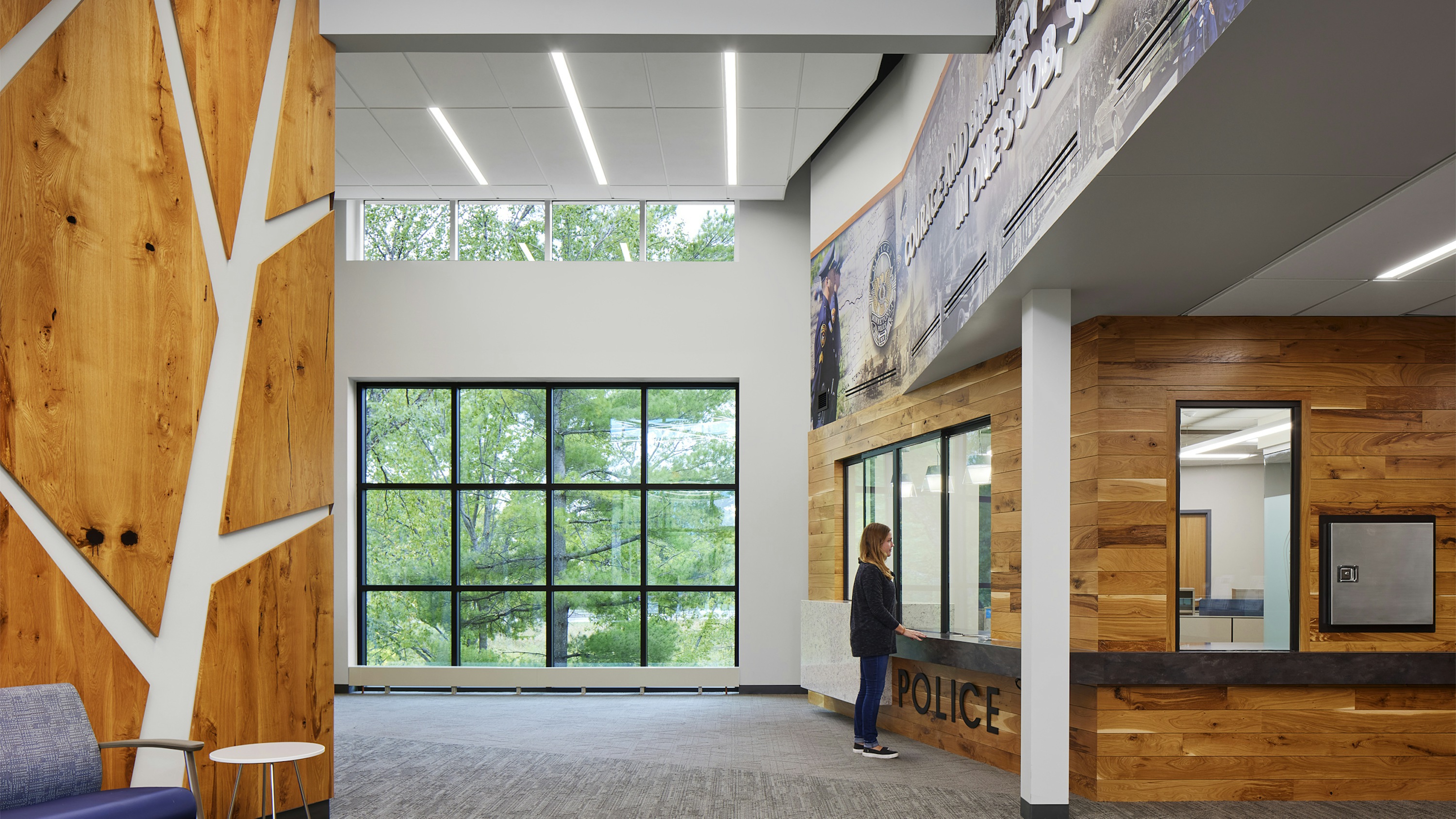
The year 2024 promises to bring exciting trends and opportunities that will shape the future of government facilities, and our team of designers is looking ahead to what’s next. From increased incentives for implementing sustainable initiatives to cutting-edge technology integration, the design landscape for government buildings is evolving rapidly.
As we enter 2024, we asked our team of government leaders across our offices in Colorado, Illinois, Minnesota, and Tennessee for some of the most notable trends and opportunities shaping government facilities across the country. Continue reading for our 4 for ‘24 and the design recommendations you should consider in the new year.
Harnessing tax credits for sustainable initiatives
Sustainable design is more than just a trend; it’s a responsible approach to building our future. Thanks to recent changes in federal legislation, government entities and nonprofits can now benefit from a tax credit for solar power generation and energy projects including geothermal and energy storage systems. The base 30% tax credit can scale up to 70% for projects meeting specific criteria. We’re helping our clients explore how to best implement these initiatives.
Our government clients are recognizing the importance of sustainable architecture not only for cost savings but also for the future of the environment. The sustainable tax credit serves as a significant incentive to incorporate eco-friendly elements into facilities, from renewable energy sources to energy-efficient design.
Powering the future through electric vehicle (EV) charging
Sustainability is a global priority, and EVs are a significant part of the solution. With the adoption of EVs on the rise, government projects are increasingly integrating EV charging infrastructure into designs. Whether or not a client is looking at implementing EV charging infrastructure immediately, we always urge them to think ahead and consider oversizing or upsizing their electrical capabilities when initiating a project.
This forward-thinking approach ensures that government facilities are equipped to meet the growing demand for EV charging, making a positive impact on the environment and promoting green transportation alternatives.
Incorporating audiovisual (AV) and technology aspects into facilities
In a world increasingly driven by technology, government facilities are no exception. Building and technology systems continue to evolve, making it vital to integrate AV and technology aspects into design projects seamlessly.
At Wold, our internal AV team has been collaborating even more closely with designers across all offices to seamlessly integrate multimedia technology into projects and buildings. Whether it’s designing state-of-the-art courtrooms with advanced audiovisual capabilities or upgrading communication infrastructure in emergency communications and operations centers, technology integration is enhancing the functionality and efficiency of government facilities of the future.
Using generative artificial intelligence (AI) to transform design
AI is no longer a futuristic concept. For many, it has become an integral part of work. For others, there is a lot of skepticism or unknowns around how to harness this tool. Our team has had success with AI, using it to help generate ideas that are then incorporated into final designs.
A growing number of clients are increasingly exploring the potential of AI in their projects, recognizing its contributions to efficiency and creativity. We anticipate that this trend will continue to gain momentum throughout 2024 as more users adopt and understand this tool.
Our expert team is committed to serving as a trusted advisor to our clients and industry partners. Do you want to connect further with our team for your upcoming projects in 2024 and beyond? Get in touch today!